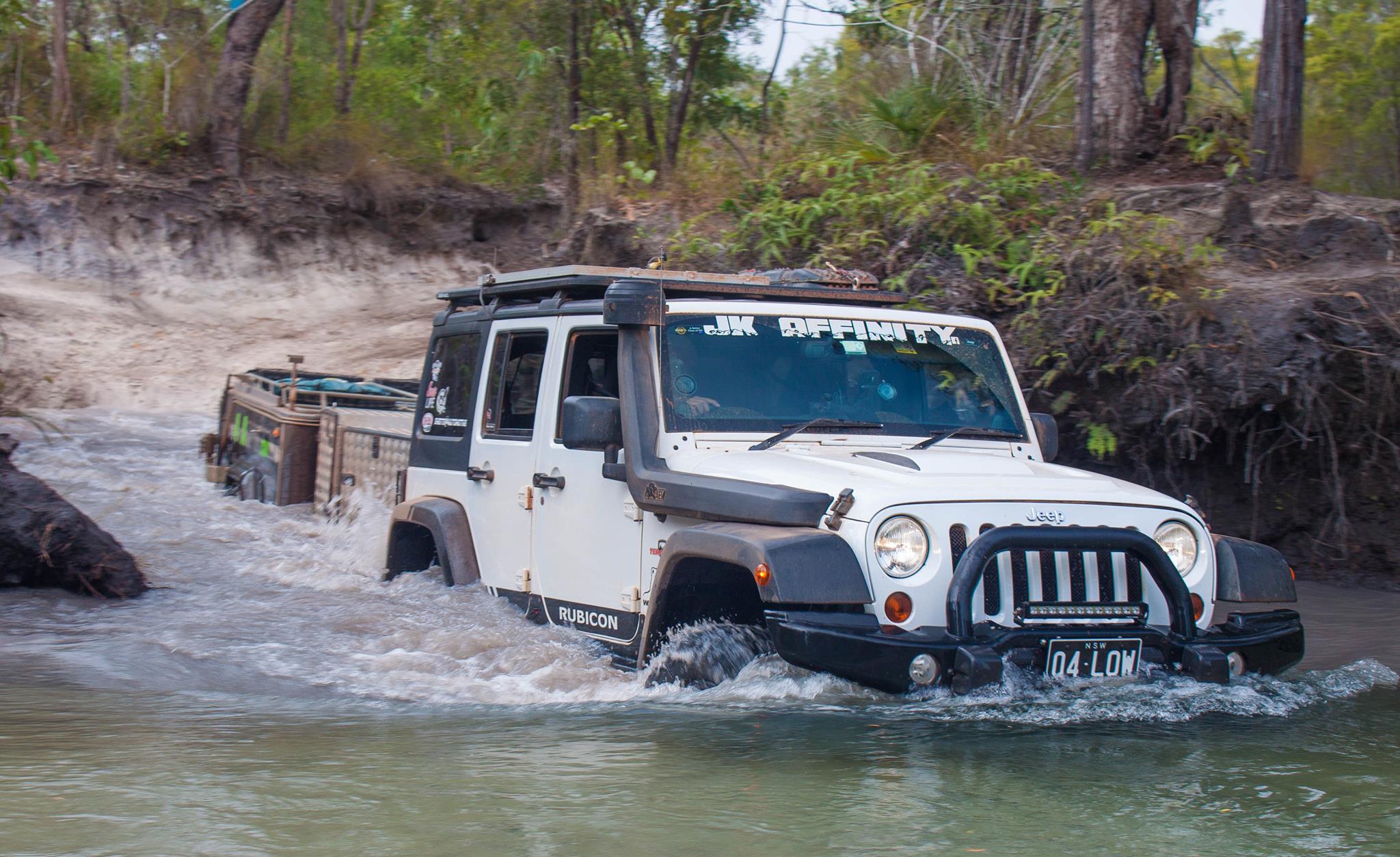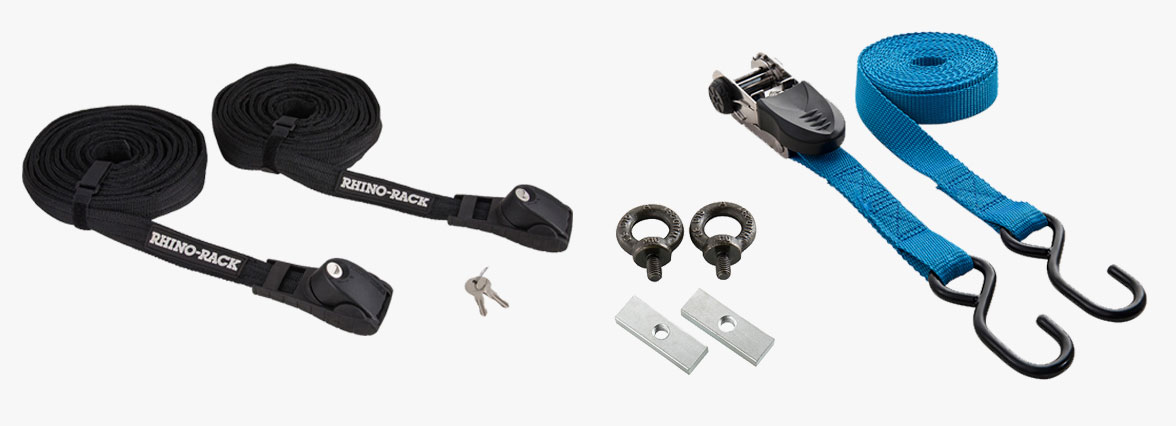Secure Your Load on the Road with Our Load Restraint Guide
When you’re travelling with a trailer in tow, or a load secured to your roof, it’s important to know how to tie down a load and that you secure it correctly making it in line with load carrying regulations in your state.
If you don’t, not only are you running the risk of losing and damaging your cargo, you’re putting other drivers at risk too. In this load restraint guide, we offer more information on what you can do to secure a load in the correct manner.

We’ve all seen it before - some goose with a load twice the height of their car strapped to the roof, teetering precariously around each bend. It always seems that due to not tying down a load properly it’s just a matter of time before something falls off - and it is.
In Victoria alone approximately 80 tonnes of debris is removed from roads each month. In Australia, drivers are required to operate in line with the National Transport Commission’s Load Restraint Guide. It’s a fairly complex document, full of sentences like this one:
“The load restraint system must be capable of withstanding the forces that would result if the laden vehicle were subjected to 0.8 g deceleration in a forward direction.”
If that sounds like a bit too much mumbo jumbo, we hear you. So here’s a few things to consider in our very own load restraint guide that will ensure you secure a load the right way.
- Group similarly sized items together - there’s strength in numbers
- Ropes can be difficult to keep tight. Instead, use fastening straps to lock your load snugly and firmly to your vehicle.
- Nets and tarpaulins can and should be used to contain and restrain items.
- Avoid gaps and spaces within your load. Fill these with smaller items, which will also need to be secured.

Overloaded Vehicles and the Consequences
An overloaded vehicle can be an incredibly dangerous thing. There are heavy fines for travelling with an incorrectly secured or unsecured load, and it’s really not worth the risk. If you’re transporting a large load, have a look through your state’s load carrying regulations and always err on the side of caution.
Rhino-Rack’s range of fastening straps are perfect for securing any load, whether it be debris for the tip, surfboards or anything in between. You can also view other load securing products here..
Here are some useful links if you are unsure of the rules in your state or territory: Australian Capital Territory, New South Wales, Northern Territory, Queensland, South Australia, Tasmania, Victoria, Western Australia.





